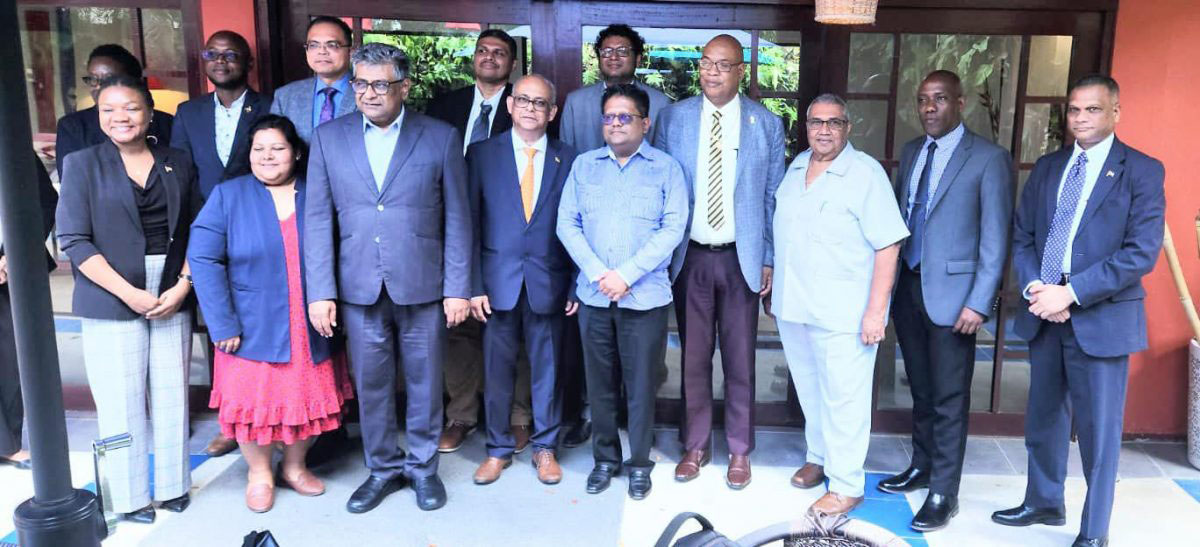With financing of the bridge over the Corentyne River a major problem for Suriname, an approach has been made to China for funding on behalf of Paramaribo and Guyana.
During an official visit to China, Surinamese President Chandrikapersad Santokhi handed over a joint letter, on behalf of himself and President Irfaan Ali, to President Xi Jinping, seeking possible concessional financing for the Corentyne River bridge project.
According to an article in the Suriname Herald newspaper, discussions are set to continue at the level of the financial authorities, as soon as possible, to explore funding options for the bridge.
“China supports the intentions of both governments to promote regional connectivity through a fixed river crossing, which is fully in the spirit of the Chinese Belt and Road Initiative,” the article said.
Another Surinamese newspaper, de Ware Tijd (dWT), highlighted that during talks on investment opportunities, between Santokhi and a top delegation in China, Wang Tongzhou, chairman of CCCC, expressed interest in investing in Suriname. The article said that CRBC, a subsidiary of CCCC, is one of the companies being considered for the construction and financing of a bridge over the Corentyne River, and is already involved in projects in Suriname.
There has been no announcement in Georgetown about a joint approach to China for financing of the bridge.
The proposal for the bridge was floated in a memorandum between Guyana and Suriname during Ali’s visit to Paramaribo in November 2020. While it was initially expected that construction would have already started, financial issues have caused delays in the project.
According to reports, qualified companies have indicated that the Public-Private Partnership (PPP) model proposed for financing the bridge is not feasible. Santokhi had stated that multinational agencies and private sector investors have shown interest in financing the project, but a decision will only be made after receiving technical advice from both countries.
Further, the Surinamese Head of State had emphasized that Suriname, bound by an IMF programme, could not take a loan for the bridge construction. He had also mentioned that alternative financing options from institutions within and outside the region are being explored.
There has been a flurry of meetings between the two sides on nailing down financing for the bridge.
On March 24, it was announced that the Presidents of Guyana and Suriname had instructed their respective teams to enter discussions of financing, pricing and other matters related to the development of the bridge over the Corentyne River.
This decision came following a meeting between the two presidents at Soesdyke, Guyana for follow up discussions regarding the building of a bridge over the Corentyne River.
It is expected that the bridge will provide a vital link between Paramaribo and Georgetown, enhancing transportation, trade, and tourism between the two countries. The project also aims to strengthen agricultural cooperation and promote economic growth for the populations of Suriname and Guyana, and by extension Brazil.






